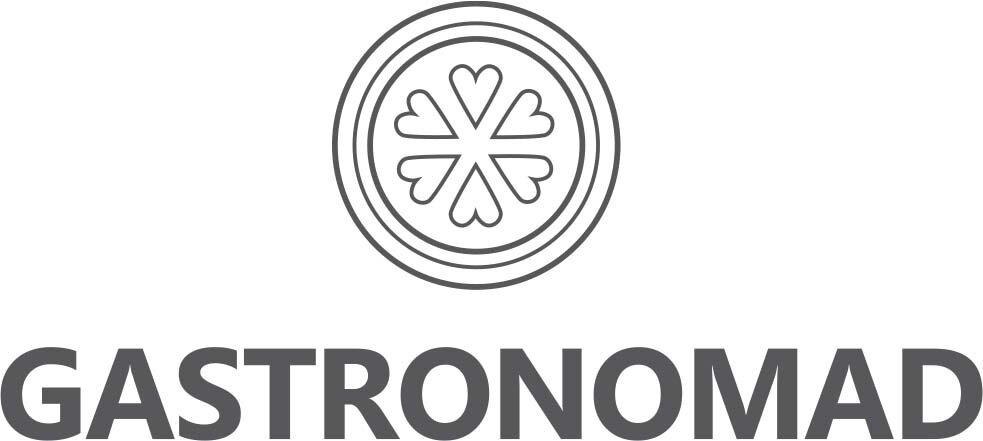We love mole. Especially after what we experienced on Sunday, thanks to our friend (and Mexico's chile expert, Fernando).
Wait, mole? What's the deal with mole?
Most people think of mole as profoundly and exclusively Mexican. And, of course, that's true. But it's also probably the most international foods ever created. In fact, no food represents the Columbian Exchange more than mole.
Mole is a product of Spanish colonialism. The exact origins of mole are unknown. But we do know that recipes first emerged in the early 19th Century. And the moles you find today all over Mexico contain ingredients from Mexico, Europe, Africa and Asia. The states of Puebla and Oaxaca are most closely identified with a next-level culture of mole.
Inside Mexico, the regional variations and family recipes add up to probably tens of thousands of individual varieties. The variety of moles is endless. But what they have in common is two core Mexican ingredients -- chiles and chocolate. Beyond those ingredients, most moles contain between 20 and 40 ingredients, with some containing more than 100 ingredients. These include nuts, dried fruit, seeds, cilantro, seedless grapes, plantains, garlic, onions, cinnamon, black pepper, achiote, guaje, cumin, cloves, anise, tomatoes, tomatillos, garlic, herbs and more. Some moles even contain finished foods, such as tortillas or cookies.
(Outside Mexico, you're likely to encounter a bland, one-dimensional version of mole poblano.)
Mole is usually used as a sauce for meat or tomales, and also a marinade. At Mexico City's famous Pujol restaurant, mole is served as a course -- they bring you a plate with mole on it, which you eat with a tortilla.
Because of the wide variety of moles easily available at markets, and because of the internationalization and industrialization of Mexico's food culture, the art of making mole is being lost.
That's why Fernando and his family decided to stop this loss of culture, and learn how to make mole by making mole. Once they master the art of traditional mole making, they plan to teach others how to do it.
(Fernando's family owns a market called La Flor de Jamaica. And Fernando teaches our Gastronomad Experience guests all about chiles and salsa. He's also dedicated his life's work to preserving the knowledge, culture and botanical diversity of chiles and other Mexican food plants. That's Fernando pictured below wearing the giant hat.)
On Sunday, Fernando and his family (and we) all got together to make mole and other delicious foods completely from scratch using traditional methods over wood fires. This process of experiential learning was lorded over by an older woman who had learn from her mother and grandmother, and also a professional cook.
Most of the mole ingredients were toasted over a wood fire on a comal, then ground with a large flat volcanic-rock grinding stone called a metate and a hand-held stone called a metlapil.
This turned out to be a wonderful, slow, relaxing way to spend a beautiful Sunday in a small town in the state of Mexico, just South of Mexico City.
We basically ate all day, took turns grinding mole ingredients, hung out, chatted and ended up having a mind-blowingly fantastic mole chicken dinner.
We are so lucky to have a friend like Fernando, who generously invited us to participate in this day with his wonderful family. And Mexico is lucky to have a man like Fernando working so hard to preserve the nation’s unparalleled gastronomic culture.




















